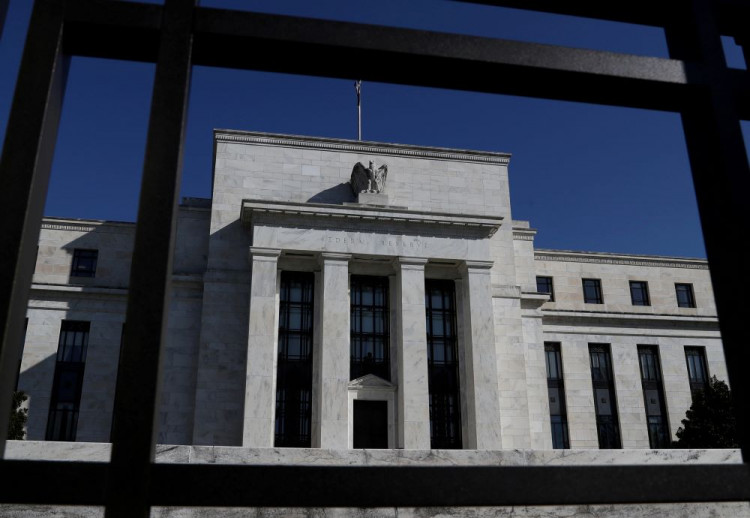As multiple Federal Reserve officials indicated a lack of urgency to cut interest rates, bond traders have reduced their bets on two rate cuts within the year, leading to a resurgence of bond short sellers. Currently, the swap market anticipates a total of approximately 40 basis points in rate cuts by year-end, including a 25-basis-point cut in November. However, optimism for a total of 50 basis points in cuts had spiked following the release of the April CPI inflation data last Wednesday.
As yields have risen in recent days, new short positions have been established and some long positions in mature government bonds have been closed. Since May 16, the yield on 10-year U.S. Treasury bonds has risen by more than 10 basis points.
Traders are maintaining caution, awaiting more data to confirm that inflation is progressing in the desired direction. They are also looking forward to the upcoming release of the minutes from the latest Federal Open Market Committee (FOMC) meeting for fresh clues on the Fed's policy trajectory.
Fed Governor Christopher Waller remarked on Tuesday that if sufficient data arrives in a favorable way, consideration for rate cuts could be possible later this year or early next year. Waller indicated that the April CPI data was reassuring, showing that inflation is moving in the right direction. However, he noted that he would need several more months of favorable inflation data before he could support a shift in monetary policy. Last week's data revealed that the U.S. core CPI in April had dropped to 3.6% year-over-year, the lowest increase since April 2021, with the month-over-month rate declining for the first time in six months.
Moreover, a recent survey by JPMorgan showed that hedge funds have increased their net short duration positions on 10-year U.S. Treasury futures by about 145,000 contracts, bringing the total net short positions to nearly 7 million contracts.
While hedge funds have been increasing their short positions, asset management firms have been bolstering their long positions in U.S. Treasuries. In the week ending May 14, asset managers added long duration positions equivalent to about 290,000 contracts of 10-year U.S. Treasury futures, marking the fifth consecutive week of such increases.






